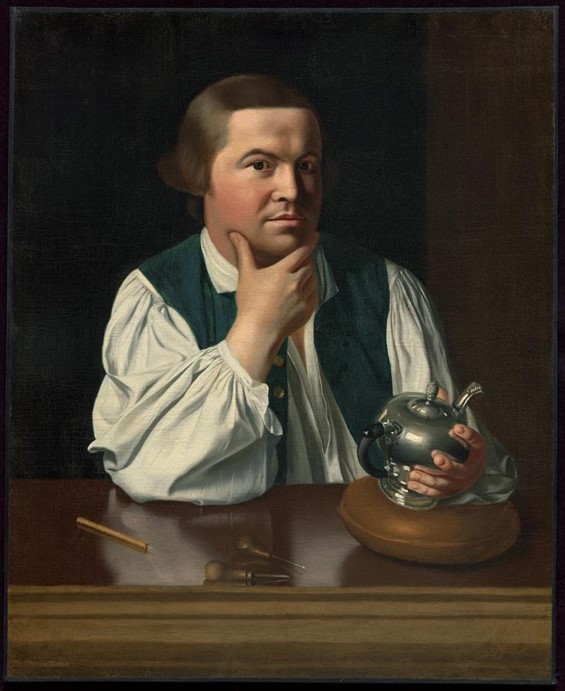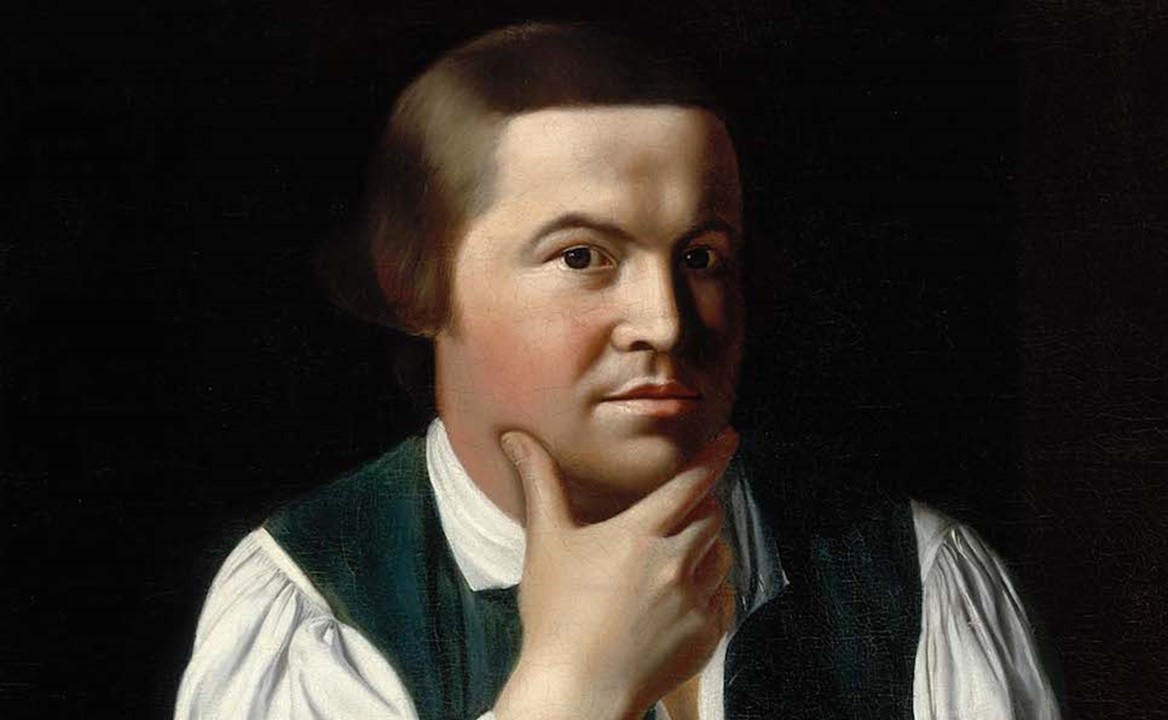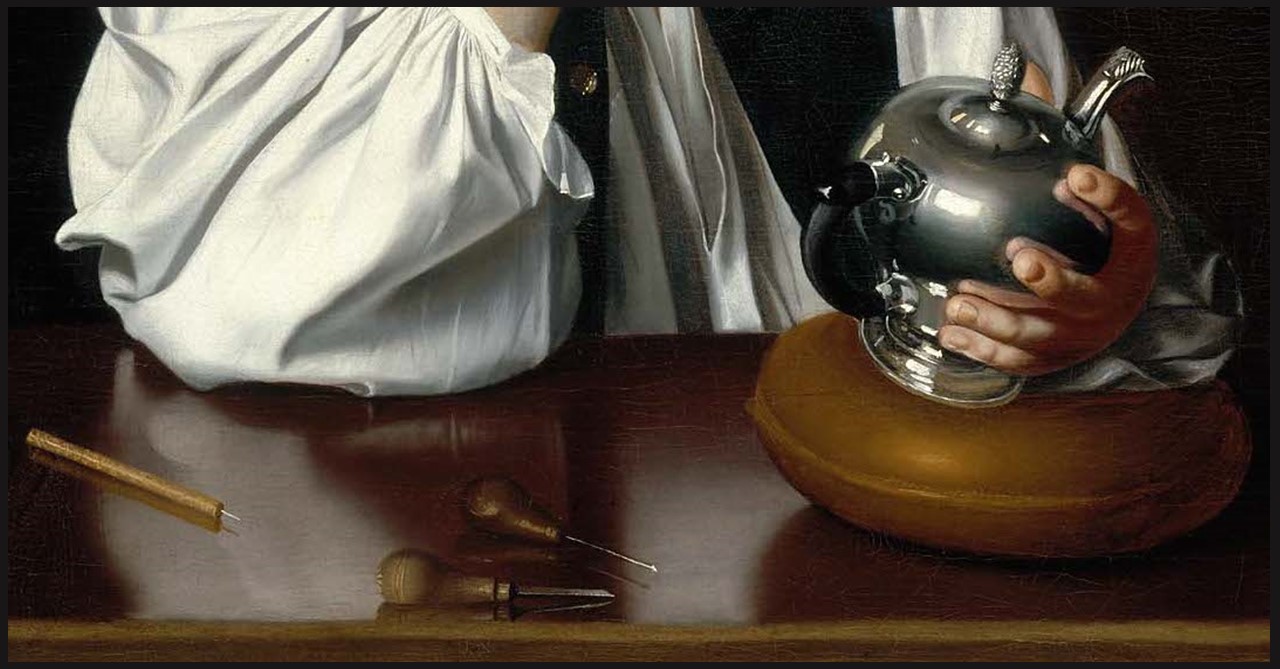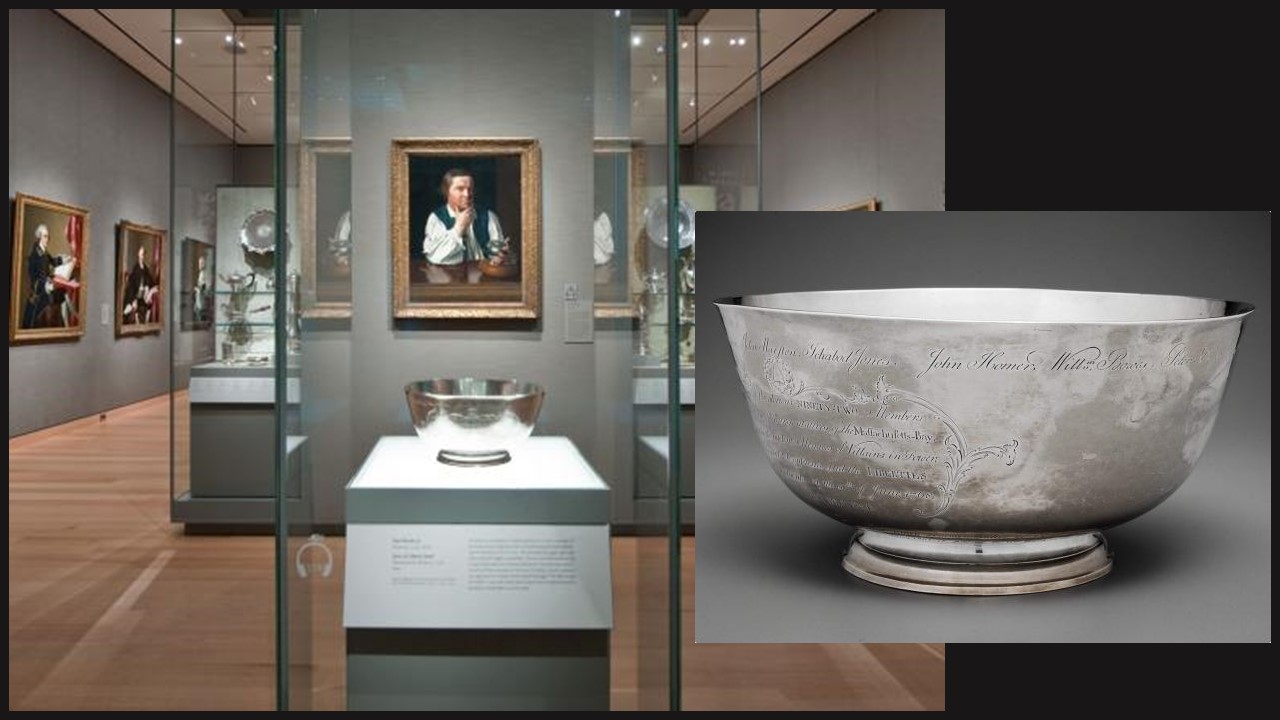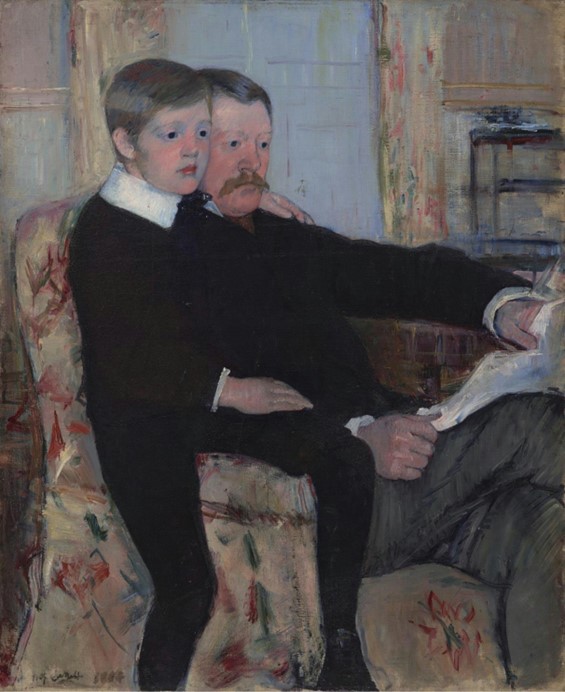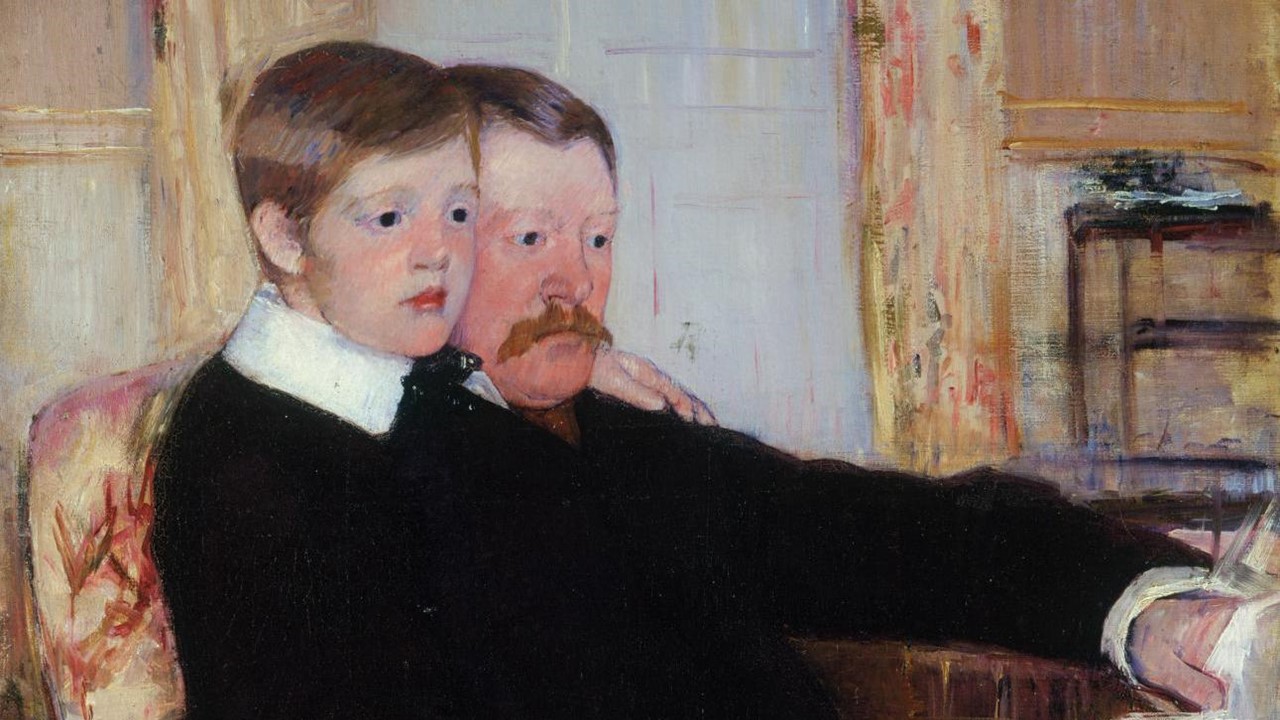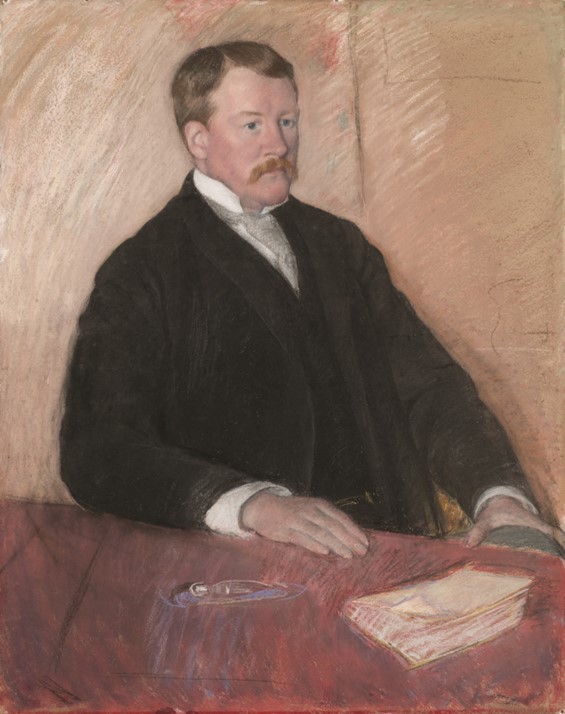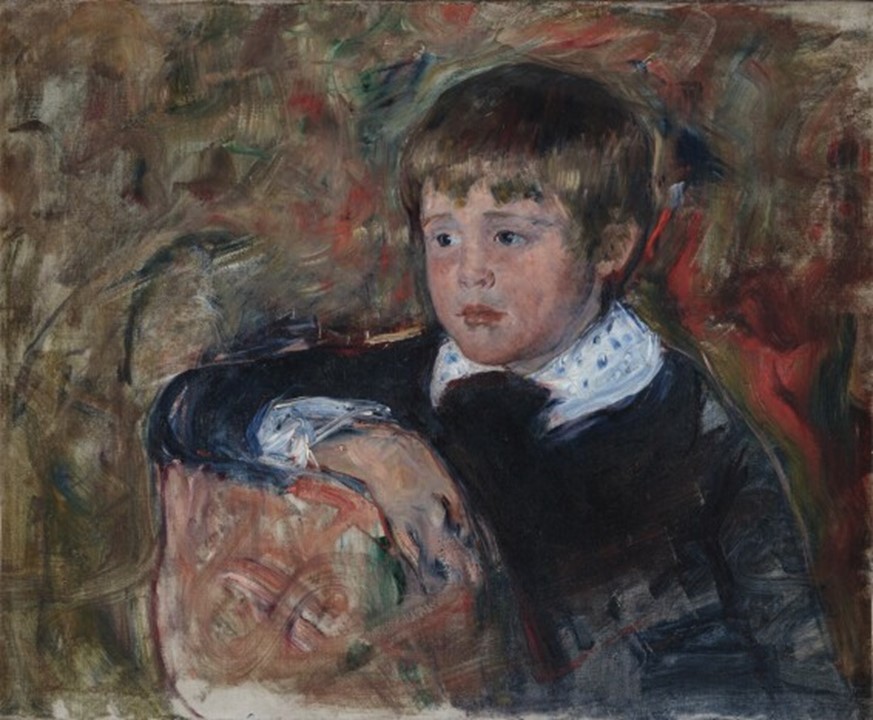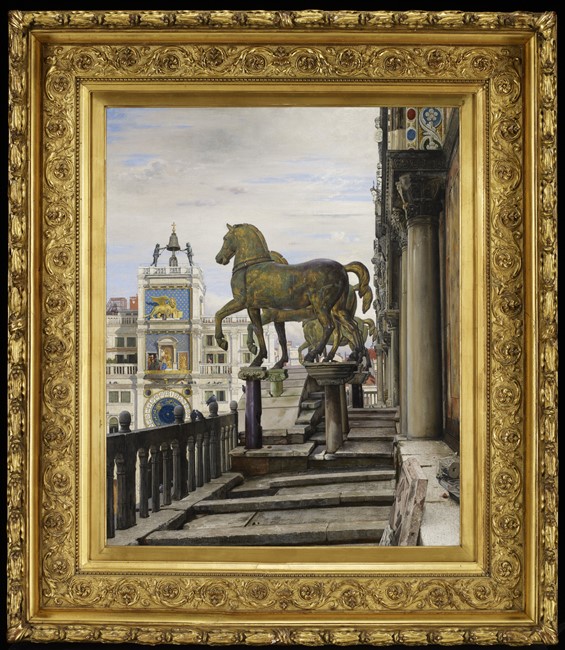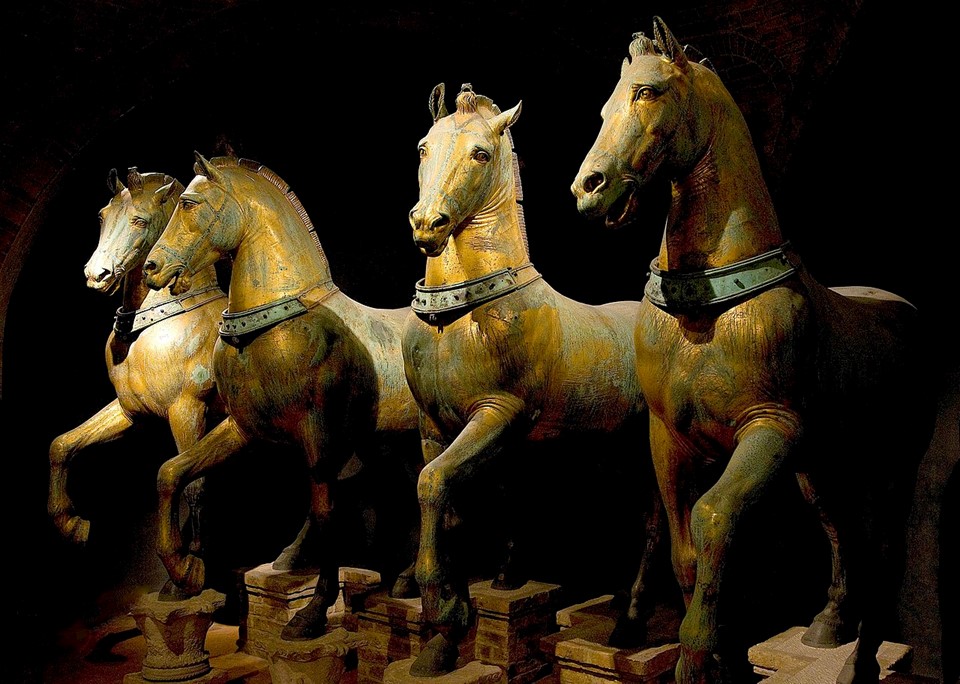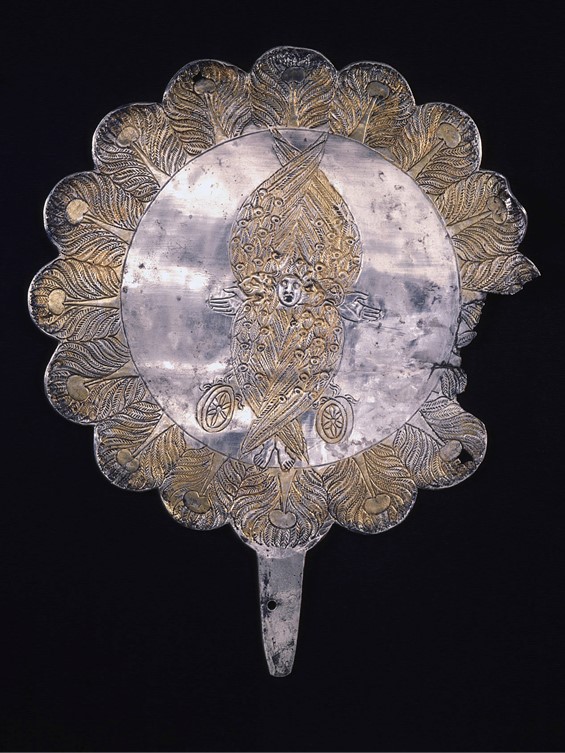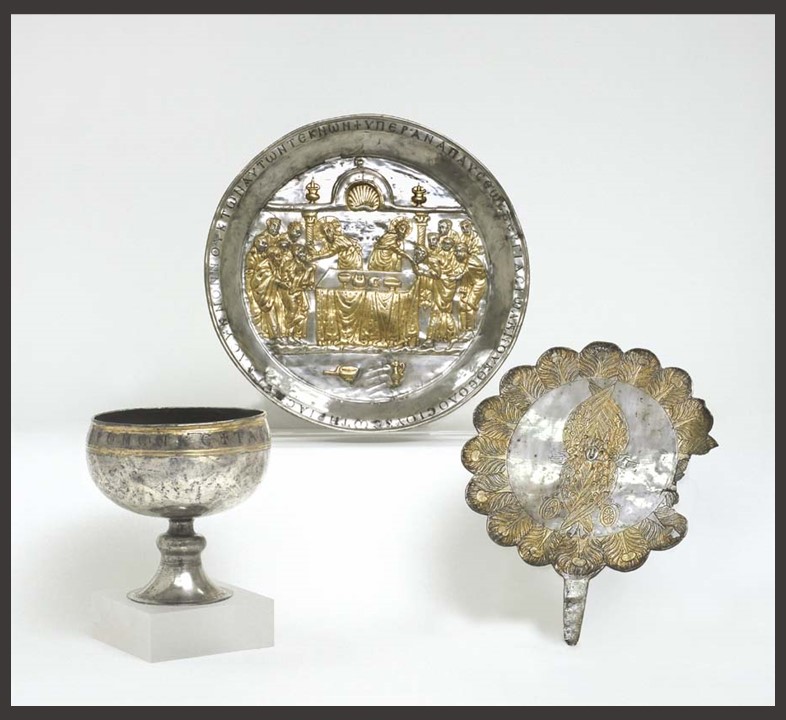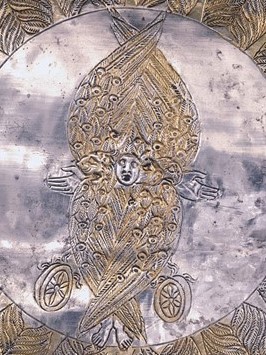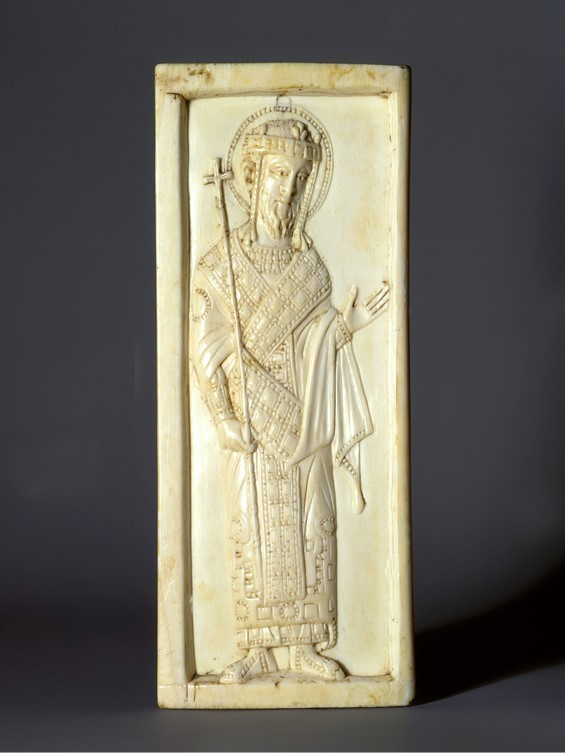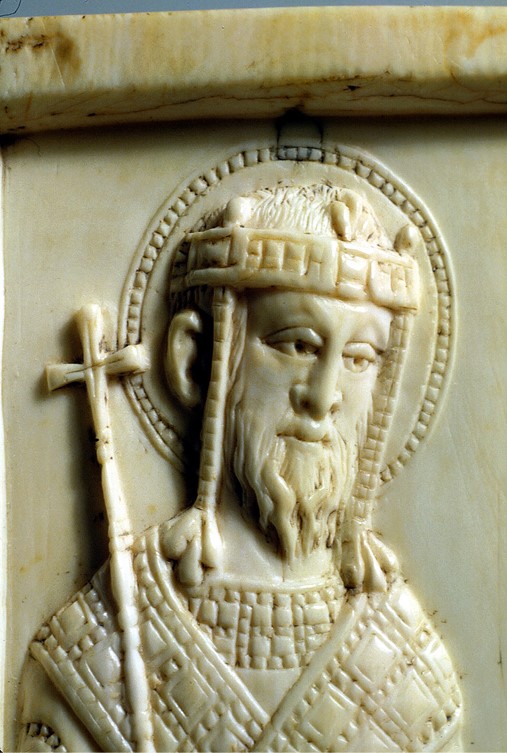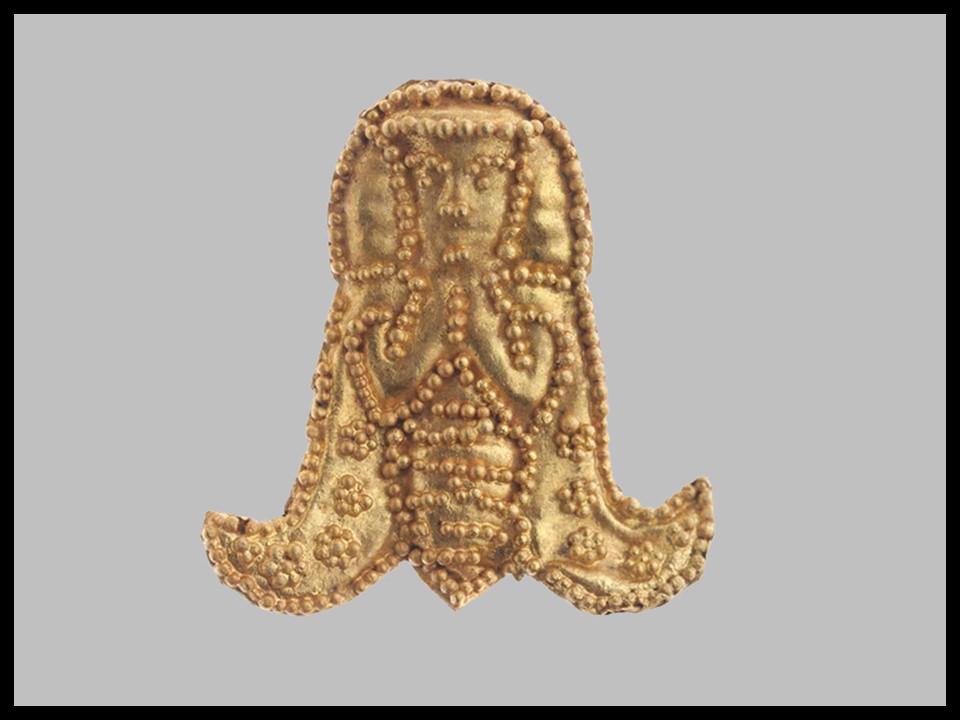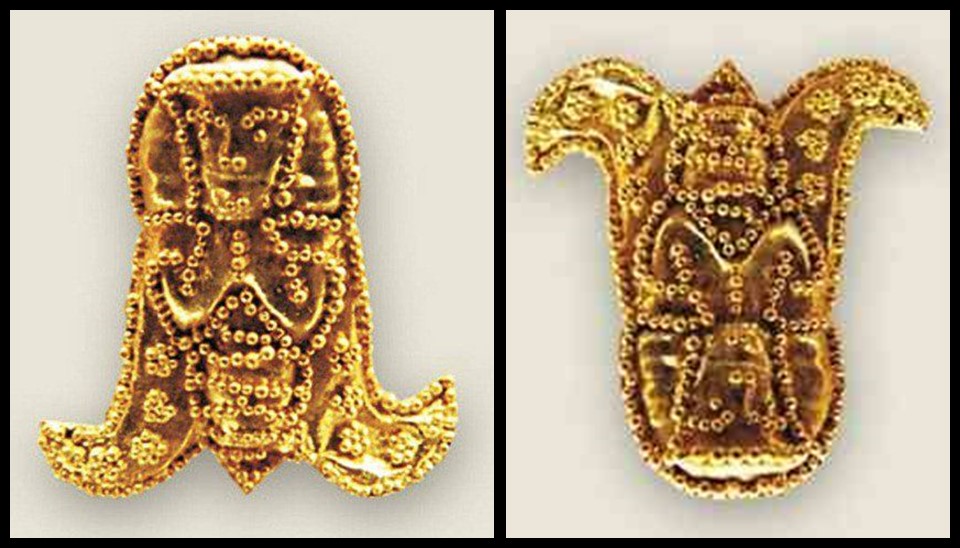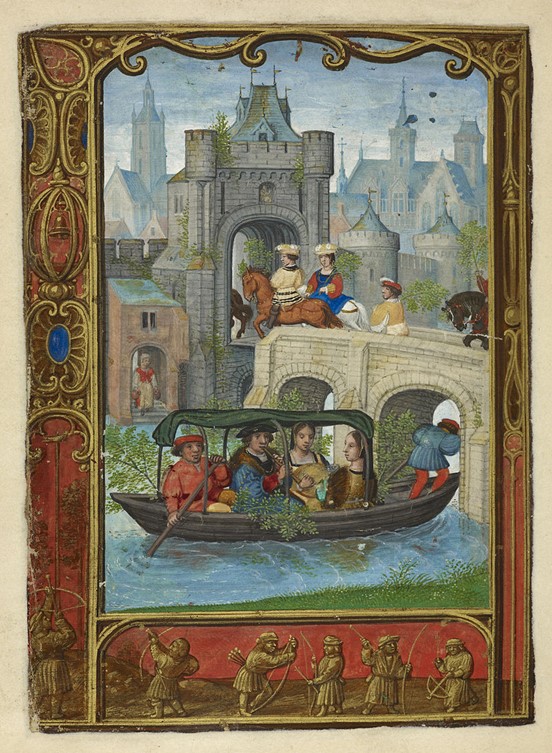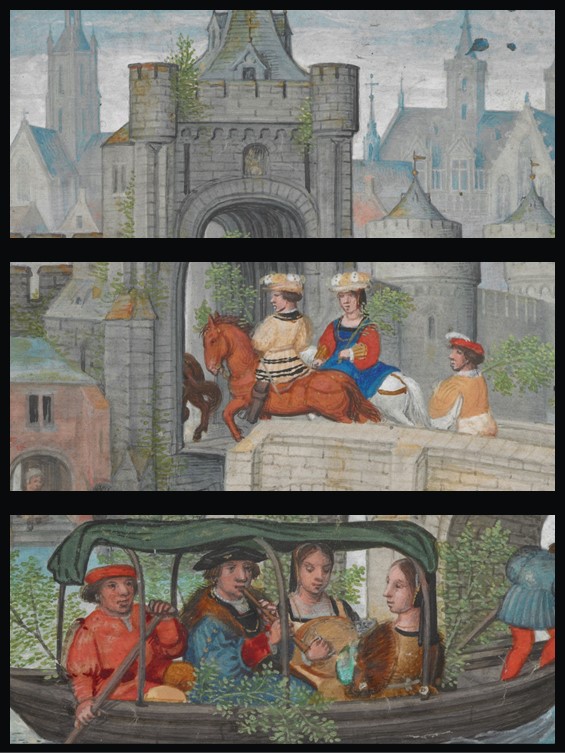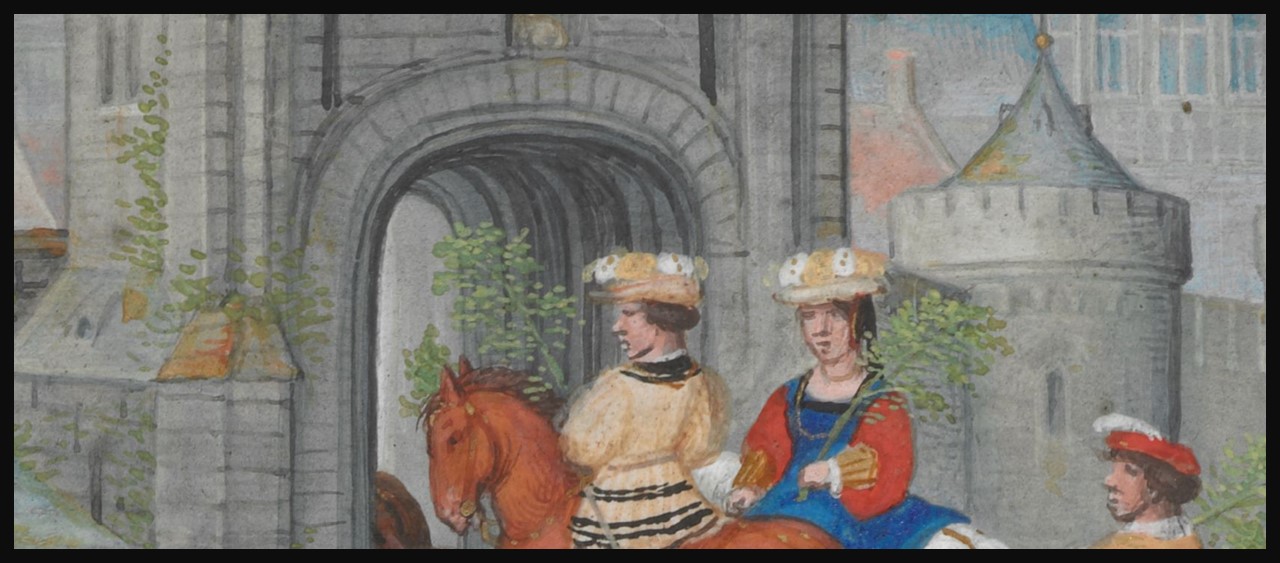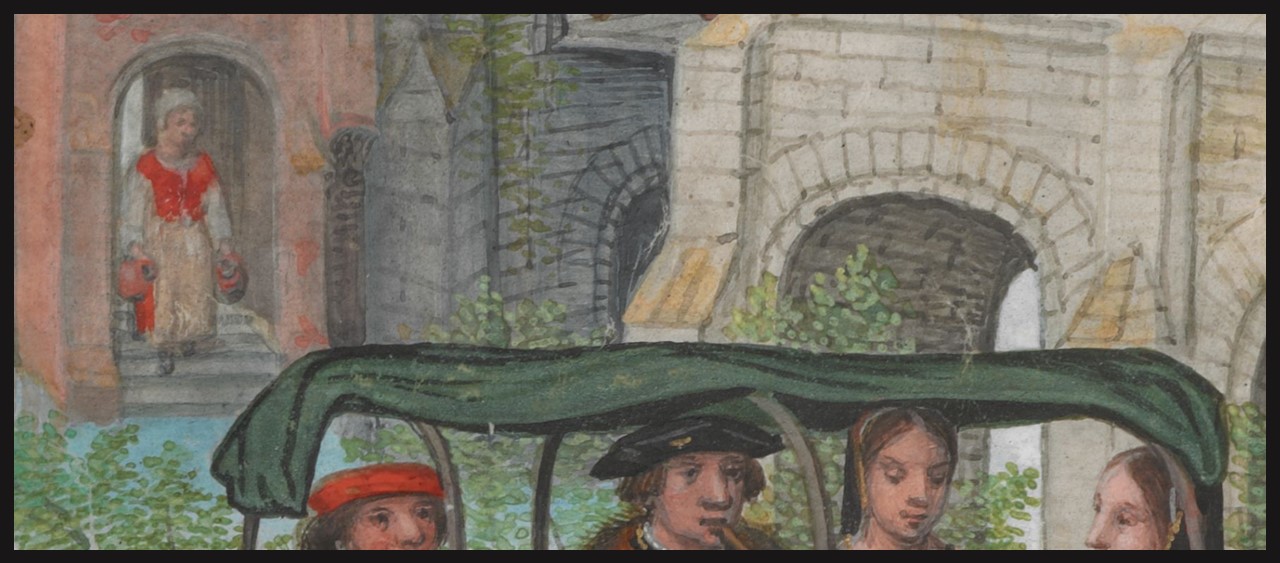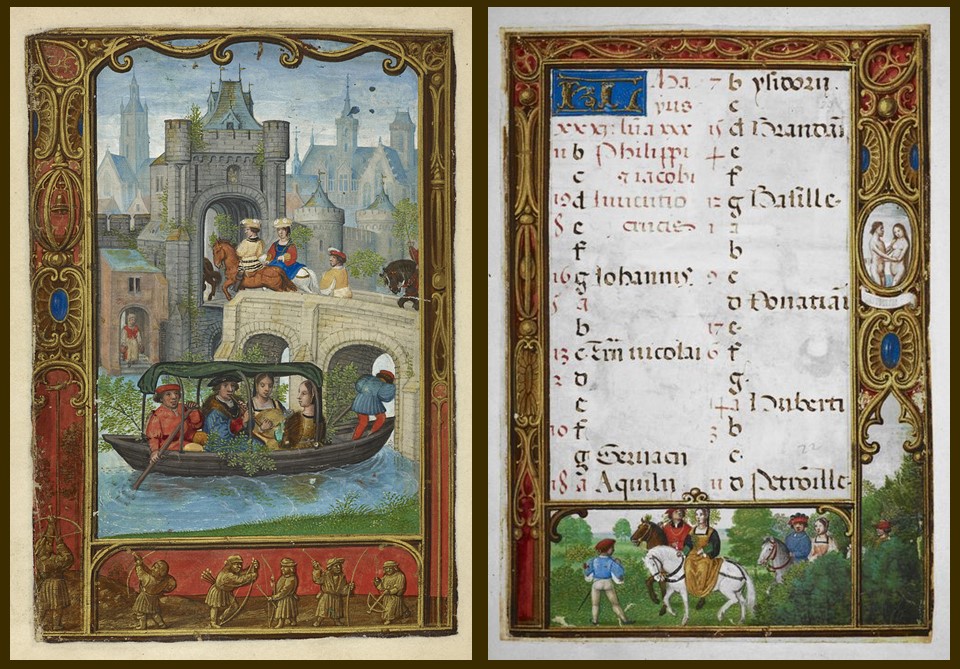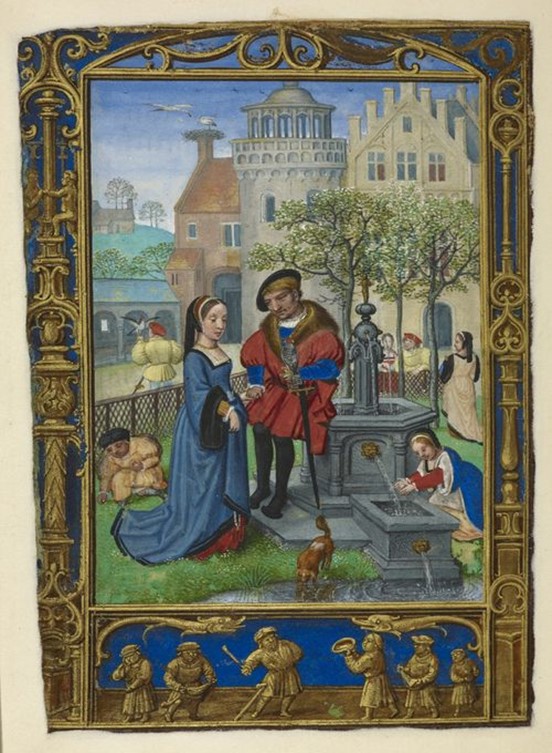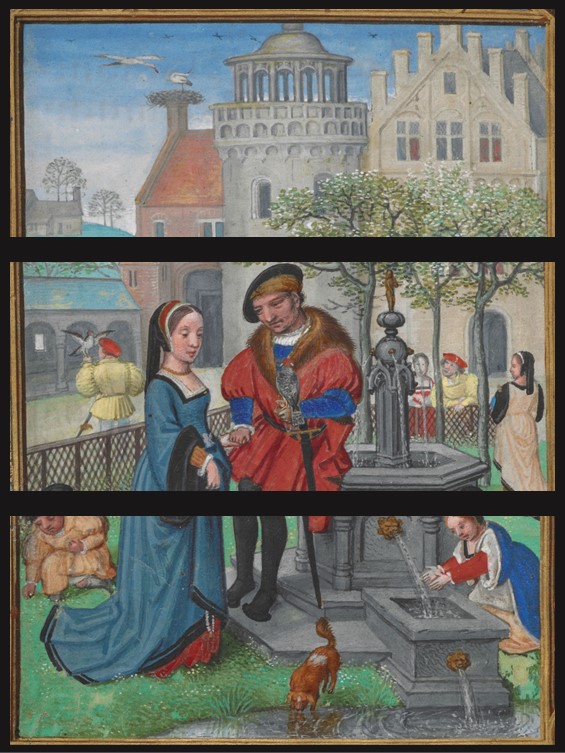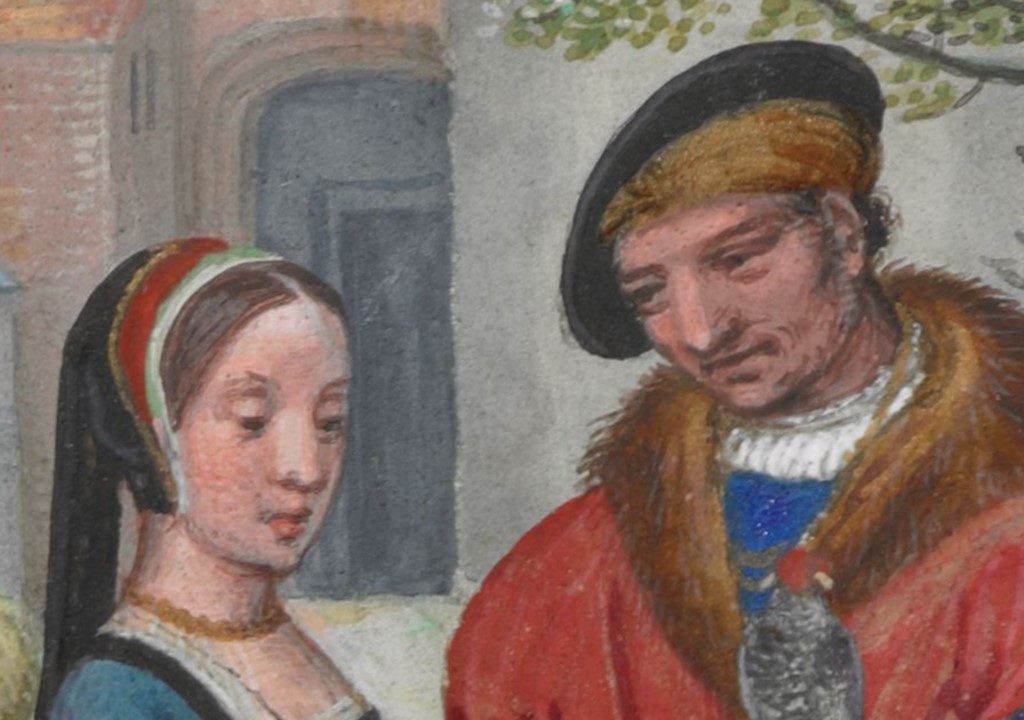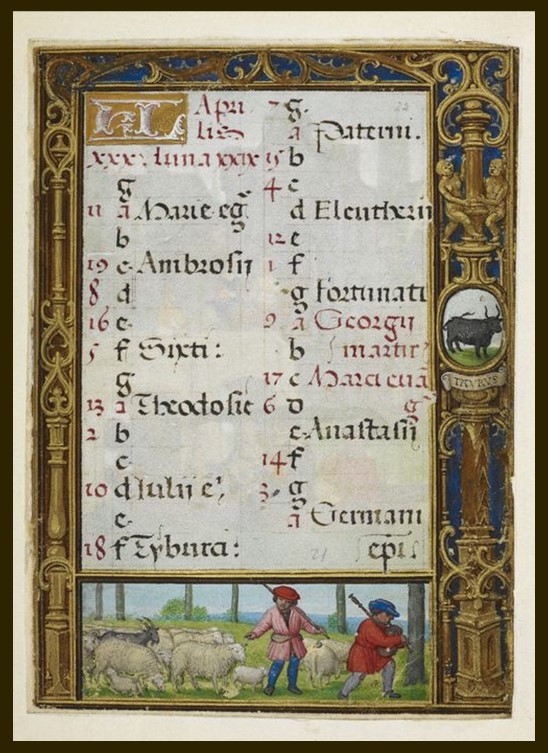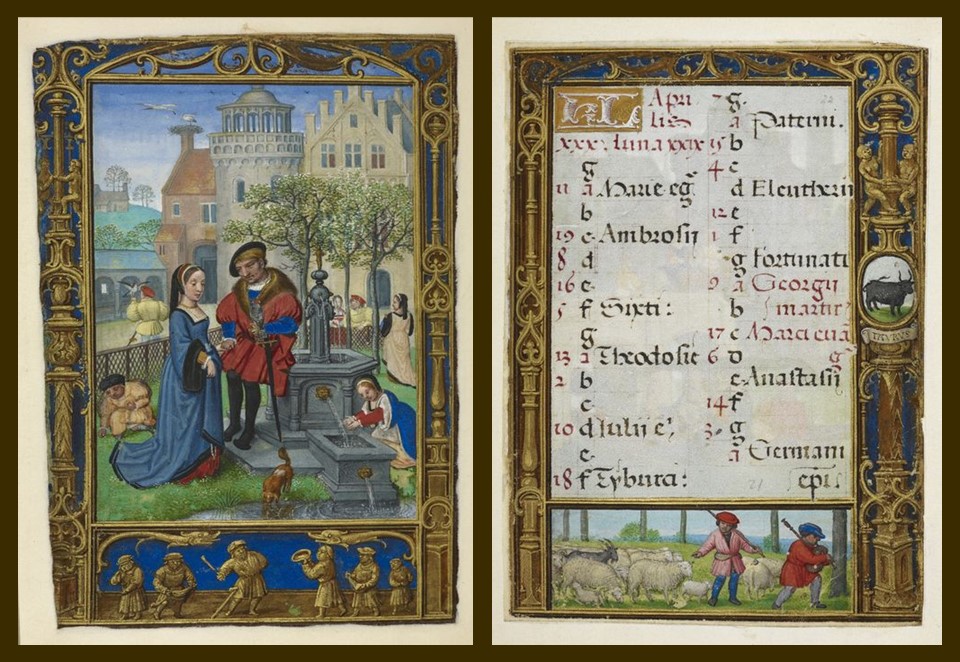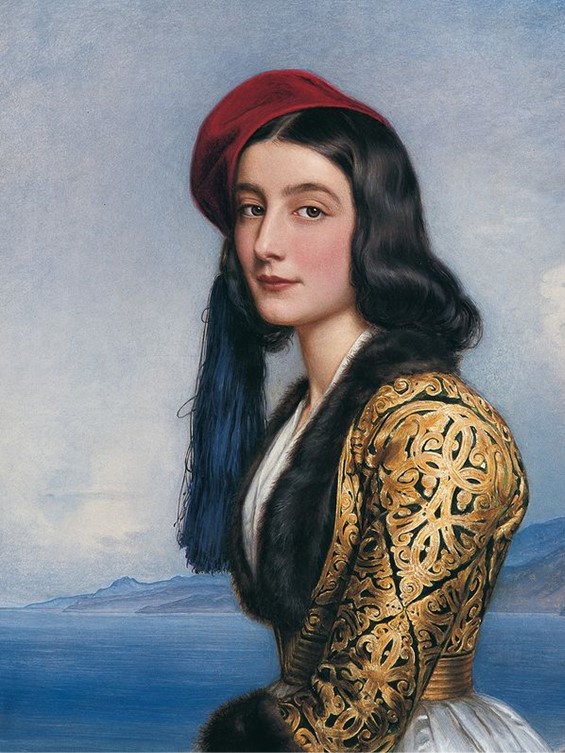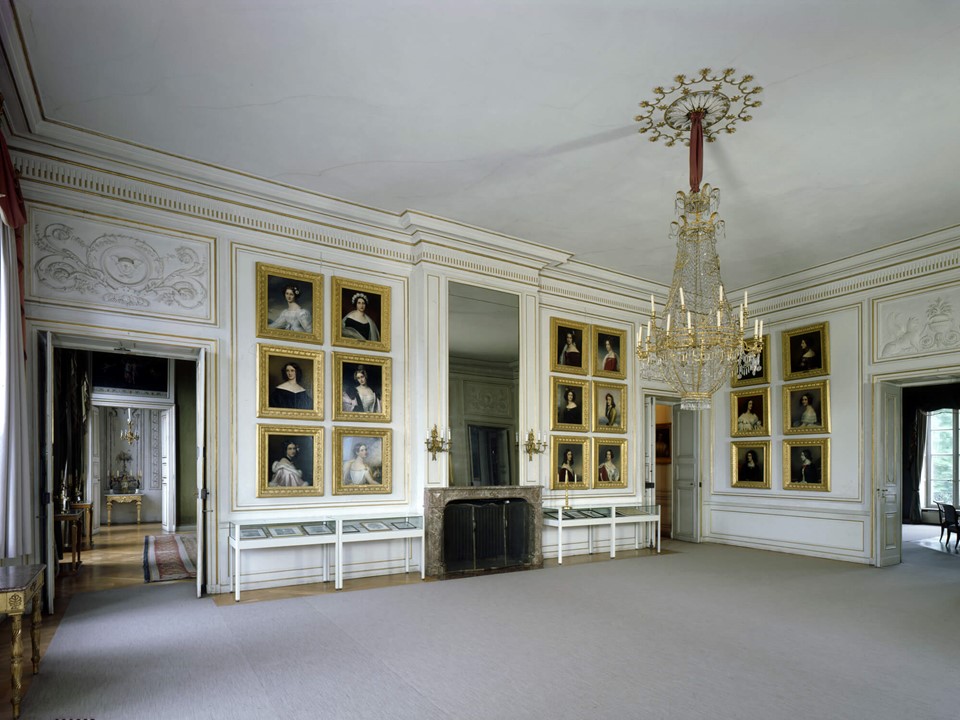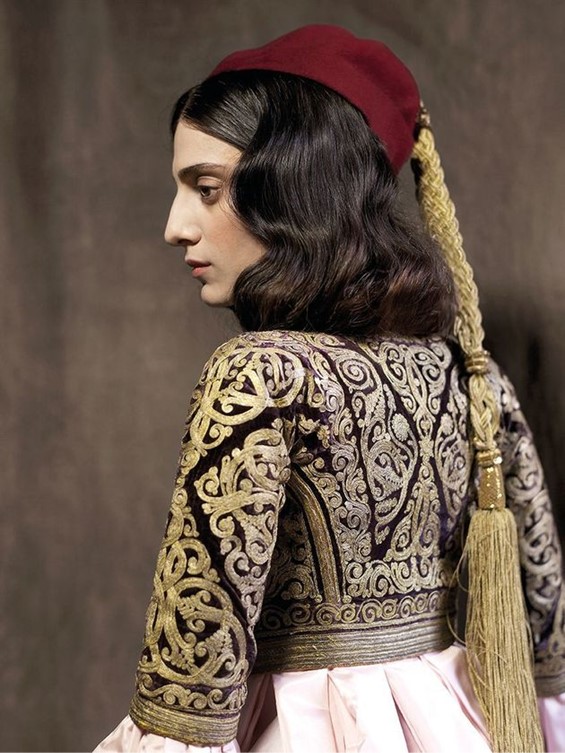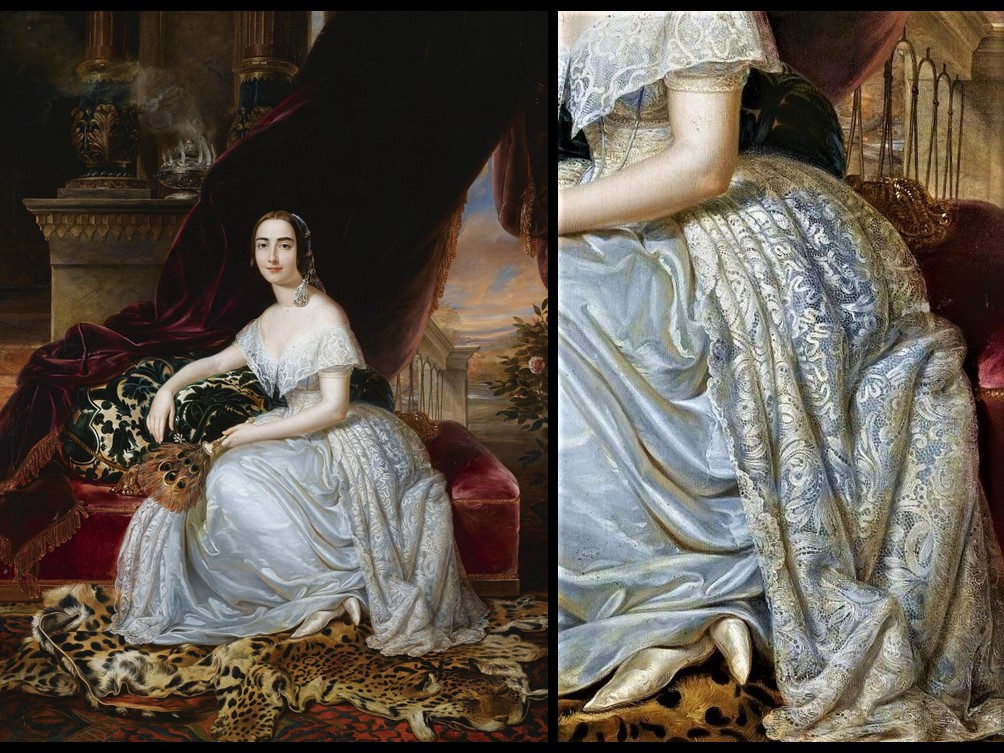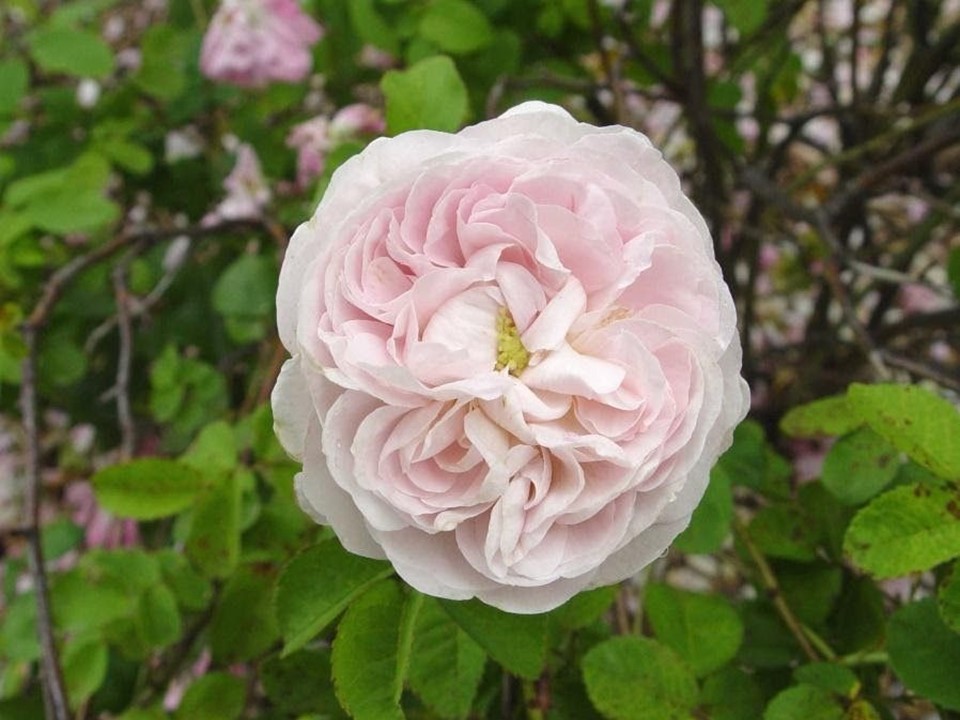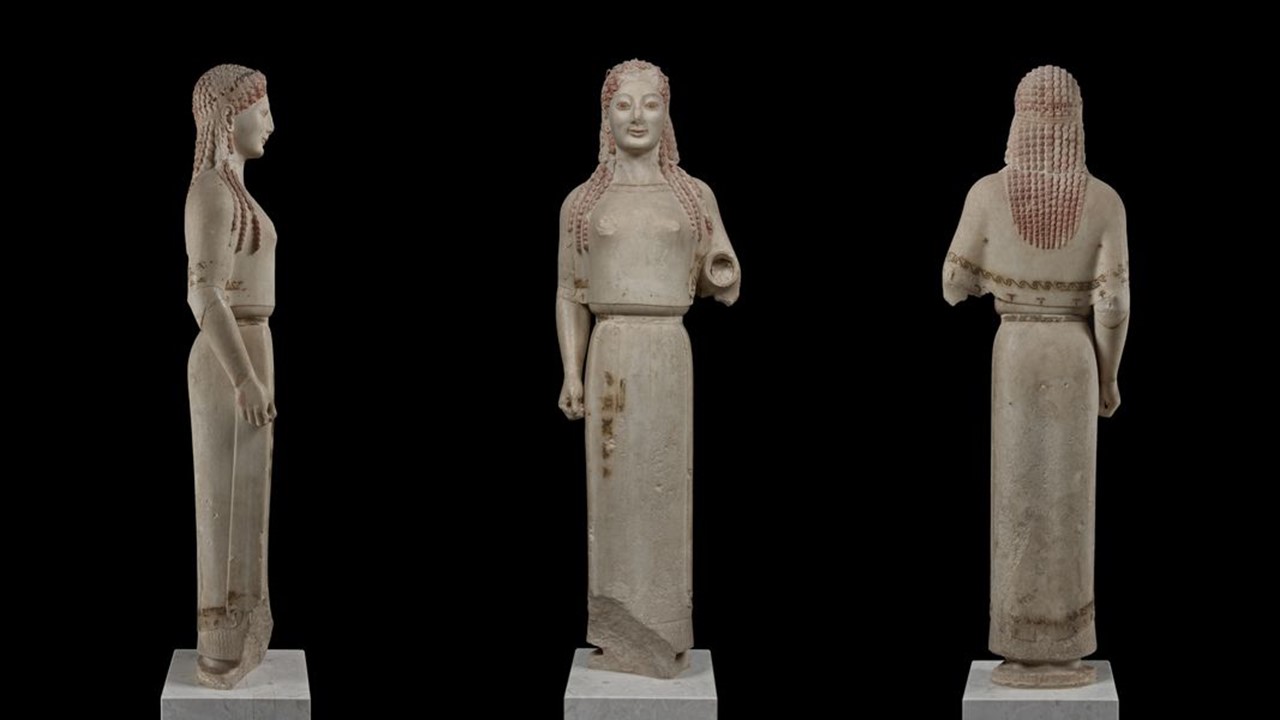
Peplos Kore, c. 530 BC, Parian Marble, H. 1.2 m, Acropolis Museum, Athens, Greece
https://www.theacropolismuseum.gr/en/statue-kore-peplos-kore
The Peplos Kore was discovered, back in 1886, in the Acropolis of Athens, during excavation work (1885-1889) led by P. Kavvadias. The lower part of her body was lying, broken, along with thirteen more broken statues, mostly female, architectural members, bronze figurines, marble statue bases, a hoard of silver coins, terracotta figurines, and sherds of pottery, in the so-called “Korai Pit” northwest of the Erechtheion. According to the Acropolis Museum experts, the “Korai Pit” is the conventional name for an artificial fill that covered a hollow located northwest of the Erechtheion, in order to create a level plane to receive the new fortification wall of the Acropolis. The hollow was filled with the debris of the Acropolis after it was destroyed by the Persians in 480 BC during the second Persian invasion of Greece. The buried treasures of the Acropolis are also known as the Perserschutt, a German term meaning “Persian debris or rubble.” The head of the Peploforos was found near the Korai Pit, and the statue’s torso, a little to the south, in the area of the Old Temple of Athena. https://theacropolismuseum.gr/en/statue-kore-5
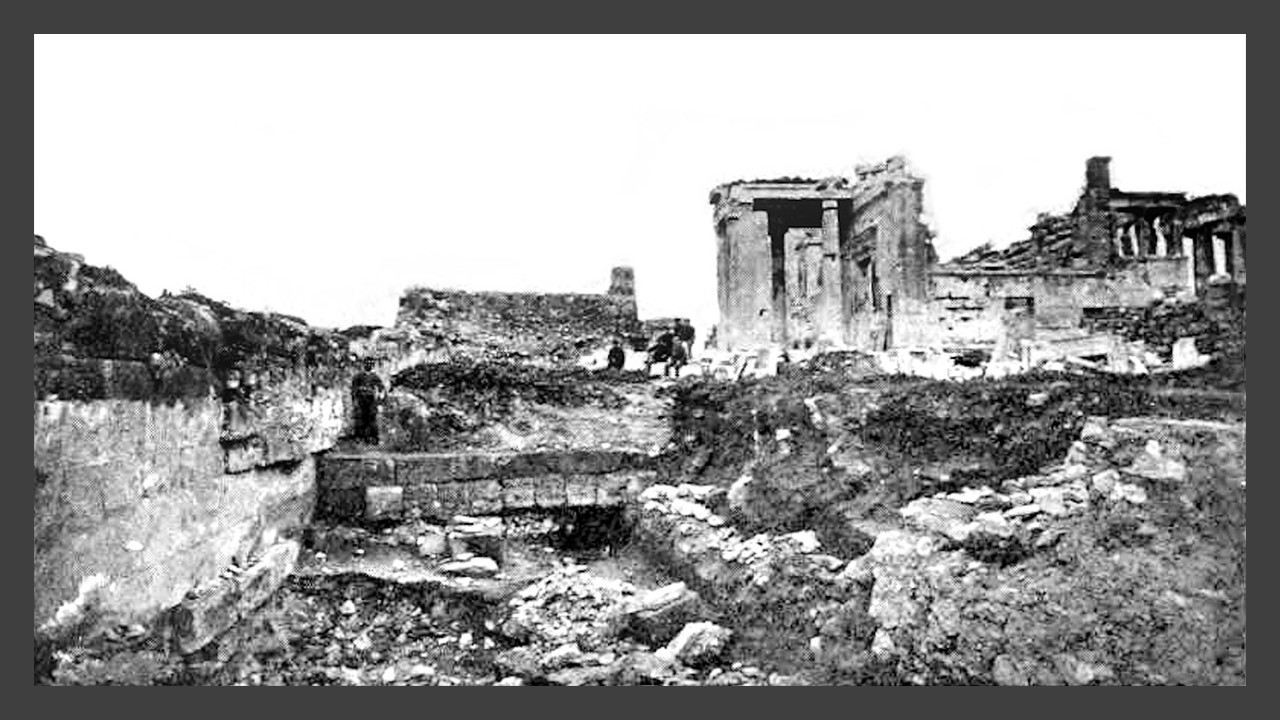
https://en.wikipedia.org/wiki/Perserschutt
The “Peplophoros” as it is affectionately called by the Greeks, is an Archaic period (c. 600-480 BC) statue of a young female. Statues of a Kore, plural korai, refer to a type of freestanding effigy of a maiden specifically created during the Archaic Period. The Questions and Answers that follow, will hopefully help to better understand their role and importance in the development of Ancient Greek Art.
Can you define what a Kore statue is? Statues of a Kore, plural Korai, refer to a type of freestanding effigy of a maiden. Kore is a draped female figure—carved from marble and originally painted—standing erect with feet together or sometimes with one foot, usually the left, slightly advanced. The arms are sometimes down at the sides, but in most cases, one is brought up closely across the front of the body or is extended, holding an offering; the other is lowered, often clasping a fold of drapery. In the earliest korai, the bodies are so blocklike that they hardly seem to represent feminine form… Later, the drapery became more fluid, with a greater variation in the folds gained by having one hand of the kore pull the drapery tightly across thighs and buttocks. The garments worn by the kore figures changed in style as well, displaying a pattern, either on borders or as single ornaments scattered over larger areas. https://www.britannica.com/art/kore-Greek-sculpture and http://www.perseus.tufts.edu/hopper/artifact?name=Athens%2C+Acropolis+679&object=Sculpture
Can you describe the Peplos Kore? The Kore has been named the “Peplos Kore” due to the garment she wears – the peplos. The peplos was fastened in the middle with a belt and on the shoulders with bronze pins which were secured in the small holes that are still preserved. Beneath her peplos, the Kore wears a longer chiton, whose slender folds encase her legs. Spectrographic analysis of the colours has shown that the belt was once blue and green and the chiton blue, with a green band at the neck. The peplos was white – its middle section decorated with vertical rows of small animals, birds, and riders shown on squares of red framed by bands of colourful rosettes on a green background. The peplos borders were decorated by a double band with spirals, floral elements, and a chain of volutes and palmettes alternating with lotus flowers. https://www.theacropolismuseum.gr/en/statue-kore-peplos-kore
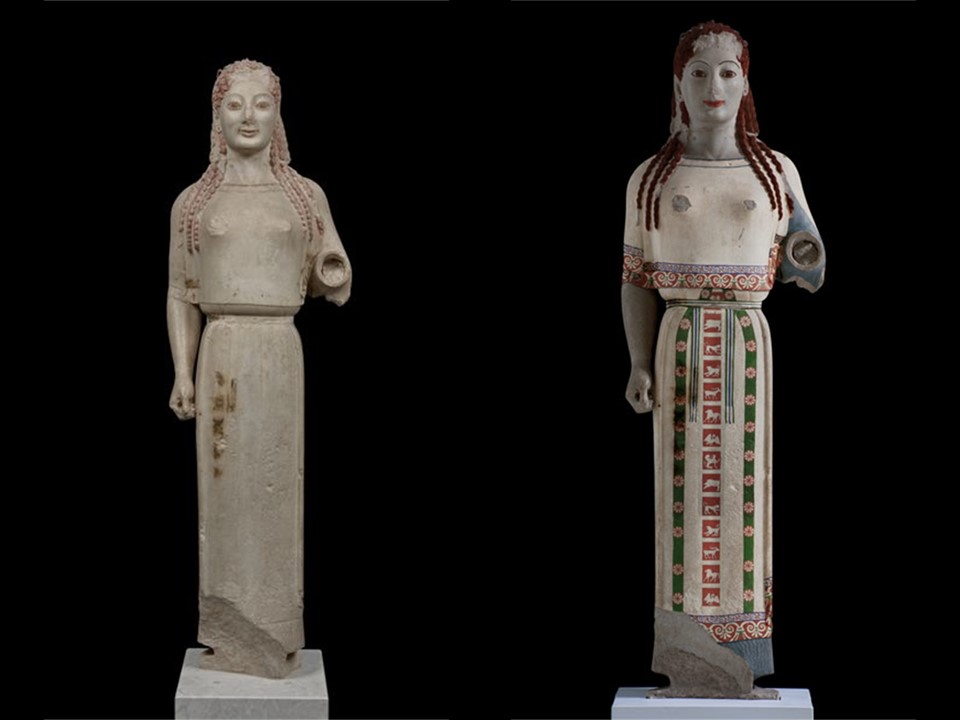
Peplos Kore, c. 530 BC, Parian Marble, H. 1.2 m, Acropolis Museum, Athens, Greece
https://www.theacropolismuseum.gr/en/statue-kore-peplos-kore
Do we know the name of the artist who created the Peplos Kore? The face of the Peplos Kore is characterized by an interest in converging planes. The eyes and mouth occupy hollows that emphasize these features, separated by strongly protruding cheeks and a broad nose. The details are so close to the face of the Rampin Horseman that the two are often attributed to the same sculptor often called the “Rampin Master.” If true, she must be one of his late works, for she is stylistically much advanced. http://www.perseus.tufts.edu/hopper/artifact?name=Athens%2C+Acropolis+679&object=Sculpture
Who is the Peplos Kore, and what is she holding in her left hand? We do not know for sure who she was, and what she was holding in her left hand. However, the combination of a very conservative attire for the time the statue was created, leads many scholars to assume this is not a simple votive Kore statue, but the representation of a goddess – perhaps Artemis, who would have been gripping arrows in her right hand, and a bow in her left. https://theacropolismuseum.gr/en/statue-kore-5
Two more Teacher Curator BLOG POSTS on Ancient Greek Archaic Korai… https://www.teachercurator.com/art/daughters-of-eleutherna/ on the Daughters of Eleutherna, and https://www.teachercurator.com/ancient-greek-art/%CE%BA%CE%AC%CE%BB%CE%BB%CE%BF%CF%82-and-the-kore-from-chios/ on the Kore from Chios
For a Student Activity, please… Check HERE!
The Khan Academy Educational Video on the Peplos Kore… https://www.khanacademy.org/humanities/ancient-art-civilizations/greek-art/daedalic-archaic/v/peplos-kore
An interesting Video by the Cambridge University on the Peplos Kore and the way she was dressed and coloured… https://www.classics.cam.ac.uk/museum/collections/peplos-kore
A fun Student Activity created by the Acropolis Museum Education Department, and titled Color the Peplos Kore… http://repository.acropolis-education.gr/acr_edu/handle/11174/305
